11 Best Places to Visit While in County Cork
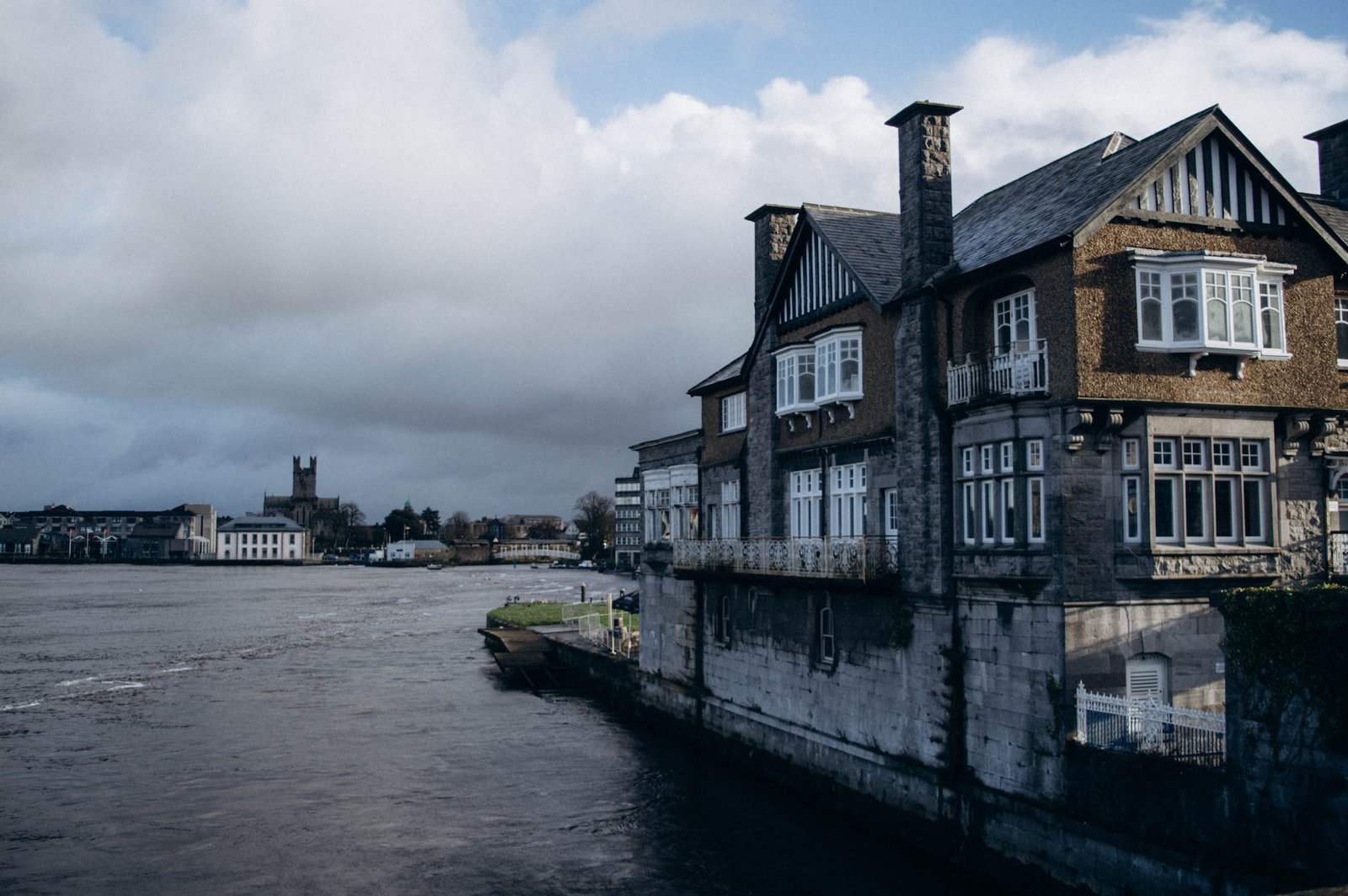
11 Best Places to Visit While in County Cork
County Cork is full of architectural wonders and is steeped in a long history. There are practically countless things to do in Cork. There is a little something for everyone to enjoy, from museums and buzzing little pubs to famous restaurants and historical sites.
So there’s no need to search further if you’re wondering what to do in Cork. Here are our top eleven recommendations for things to do in County Cork.
1. Fitzgerald Park and Cork Public Museum
Fitzgerald Park stands within walking distance of University College Cork and Cork City Centre. The perfect place for those who want to spend some time away from the city. Strolling around here, you’ll find beautiful tree-lined avenues, carefully manicured flowerbeds, numerous statues, and large fountains. The park covers 18 hectares and includes a playground and café. Grab a cup of coffee and take a walk to clear your head.
Located in a tranquil oasis in Fitzgeralds Park, the Cork Public Museum has showcased Cork’s history and much more since 1910. Nicely laid out in this new purpose building and also has a family-friendly cafe.
You can also stroll along the River Lee at Fitzgeralds Park, which is filled with flowers and colours all year round as well as the walk across the Daly Bridge, also known as ‘The Shakey Bridge’. Built in 1926, and renovated in 2020, it is the only suspension bridge in Cork City. The bridge takes you to The Sunday’s Well where you can see the beautiful houses in town.

2. St. Anne’s Church and Shandon Bell Tower
St. Anne’s Church, Shandon, located in Cork City, is home to the renowned St Anne’s Bells. Upon ascending the 132 steps steeple, visitors can enjoy a 360-degree view out over Cork City from 170 ft. and can have the chance to select a tune and play it through the bells.
This church is a significant part of the history of Cork City and is best known for its weather vane, a golden fish representing the salmon fishing industry on river Lee, and its four-sided steeple, known as the “Four Faced Liar” for displaying incorrect times on all four sides. The church’s steeple was constructed using grey limestone on one side and red limestone on the other, reflecting the traditional Cork colours of red and white. Shandon is conveniently located just a short distance from Cork City, over the bridge.
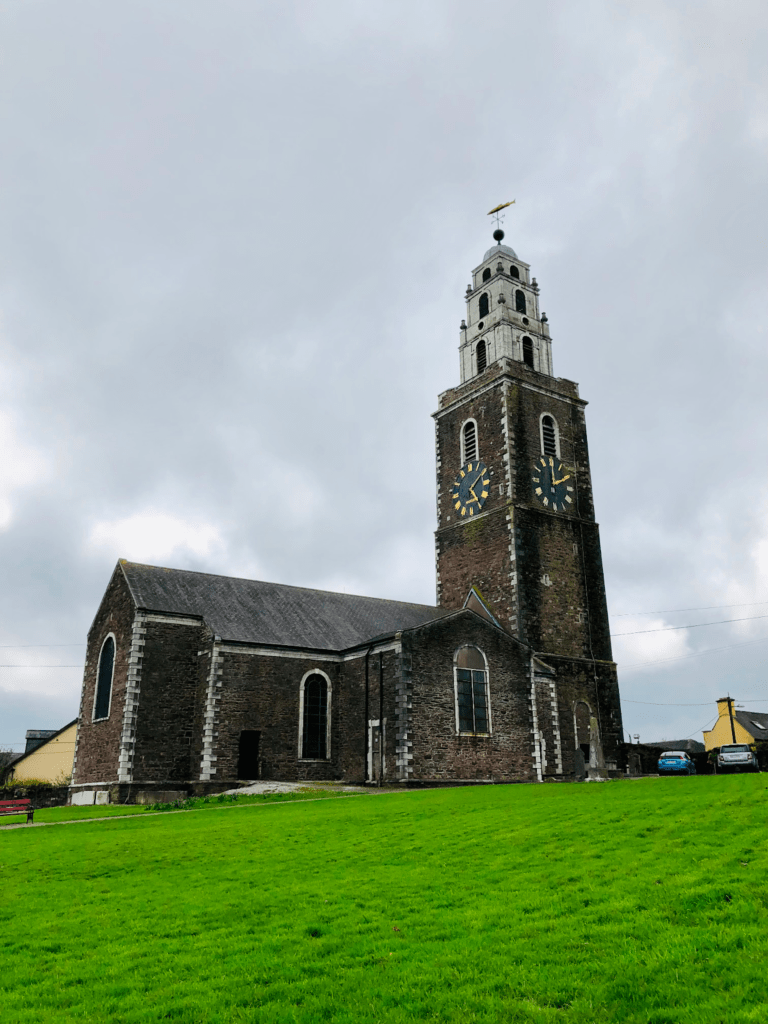
3. Cork City Gaol
Cork City Gaol is a stunning mix of Gothic and classical architecture, and it may look like a castle, but these elegant walls contain some of Ireland’s most hardened veterans of armed conflict. A visit to this prison will help you understand what life in Cork was like in the 19th and 20th centuries.
It was mainly a women’s prison, and a lot of Republican women were kept there during the war. The cells are decorated with lifelike wax figures, and the graffiti on the walls conveys the innermost thoughts of some prisoners. There’s an amazing audiovisual exhibit that takes you back to those dark and stormy times.
The Radio Museum is a tribute to the old Broadcasting Station that used to be inside the Gaol. It’s got a tiny radio collection, some exhibits about communication and Marconi, and even a replica of Cork’s original Studio 6CK. It’s just a short walk away from Fitzgerald’s Park, UCC, and Cork City Centre, so why not take a tour of the dark cells and corridors?

4. Cobh Heritage Centre
Cobh Heritage Centre offers a wealth of heritage, history and stories to tell. Whether you’re looking to learn about Irish Emigration, trace your ancestors, discover more about the doomed Titanic and Lusitania or immerse yourself in our maritime and military history, you’ll find it all at Cobh Heritage Centre.
Over three million Irish people immigrated from this port over the centuries, the Great Famine forced many to leave in search of a fresh start and a better life.
Cobh’s Emigration Story tells the story of the sea, naval and military background of the area, from the founding of the port in the 1600s to the fortification of Fort Camden in the 1950s. The Emigration Story takes you on an exploration of the life of those who left. A trip to Cobh is a must-visit for anyone interested in learning more about this beautiful, informative, and sometimes emotional experience, all housed inside the restored Victorian railway station.

5. Crawford Art Gallery
Located in the picturesque old Customs House in Cork, the Crawford Municipal Art Gallery is a place for art to be enjoyed in a relaxed atmosphere. Constructed in 1724 as the Customs House of Cork, the gallery was converted into a state-of-the-art art museum at the end of the 19th century and further expanded in 2000.
The permanent collection of the gallery is centred around a series of cast-from-the-graeco-Roman sculptures, which have been modelled on sculptures held by the Vatican. These sculptures were acquired in 1816 and have since formed the basis of the collection, which has since expanded to include a variety of Irish artworks, paintings, sculptures and installations.
The Cooper Penrose collection, which includes paintings, furniture and ceramics, provides an insight into the life and affairs of a leading merchant prince of Cork in the 18th century. In a tribute to Ireland’s literary heritage, the Crawford houses portraits of some of Ireland’s most beloved writers, including Samuel Beckett, WB Yeats, Elizabeth Bowen and others. A guided tour of the gallery is complemented by a complimentary coffee and lunch in the airy café.

6. The English Market
The English Market is one of the most sought-after food markets in Ireland, established in 1788. This market was established at a time when Cork was experiencing a period of rapid economic development. Although the market is not officially English in origin (it is named after its Protestant origin), it is home to a variety of traditional specialities, such as Drisheen, Pig’s Trotters, Bread, Fish, Cheese and Fruit and Vegetables.
The market’s history is closely linked to the economic development of Cork. Initially, the market was limited to the sale of local produce, however, modern shoppers can now find a wide variety of exotic products from all over the world. Currently, the market is being hailed as “the UK and Ireland’s best-covered market” by Chef Rick Stein. For delicious dishes created from the market’s wares, visit Farmgate Café.
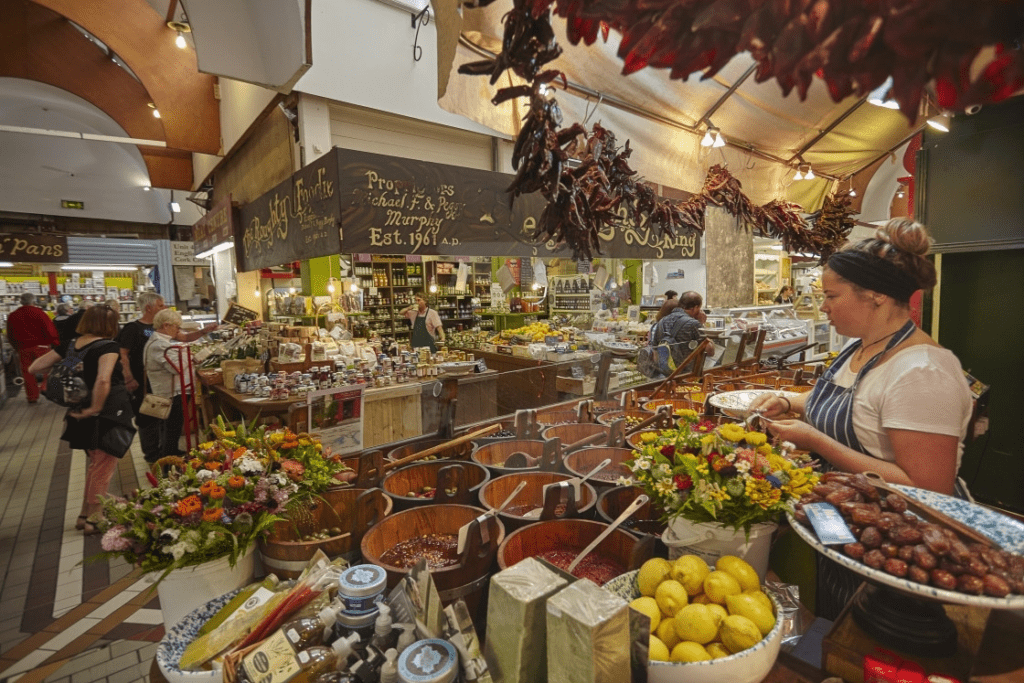
7. Blarney Castle and the Blarney Stone
Blarney Castle is one of Ireland’s most iconic tourist spots, and it’s easy to see why. Located 8km outside Cork City, the castle is best known for its stone which has been said to give eloquence to anyone who kisses it.
Queen Elizabeth I added the word “Blarney” to make it easier for the people to understand, and the stone is located on the wall underneath the battlements. To kiss the stone, you have to lean back and grab an iron railing.
Inside the castle grounds, the Rock Close is a magical place with ancient trees and stones, and it’s said to have been a garden of Druid origin and a place of worship in pre-Christian times. There are lots of other attractions too, like the ‘Wishing Steps’, ‘Witch’s Kitchen’, ‘Druids’ Circle’, ‘Lake Walk’, ‘Waterfall’, ‘Fern Garden’, ‘Ice-house’ and ‘Lime Kiln’, all of which tell stories of the castle’s past.
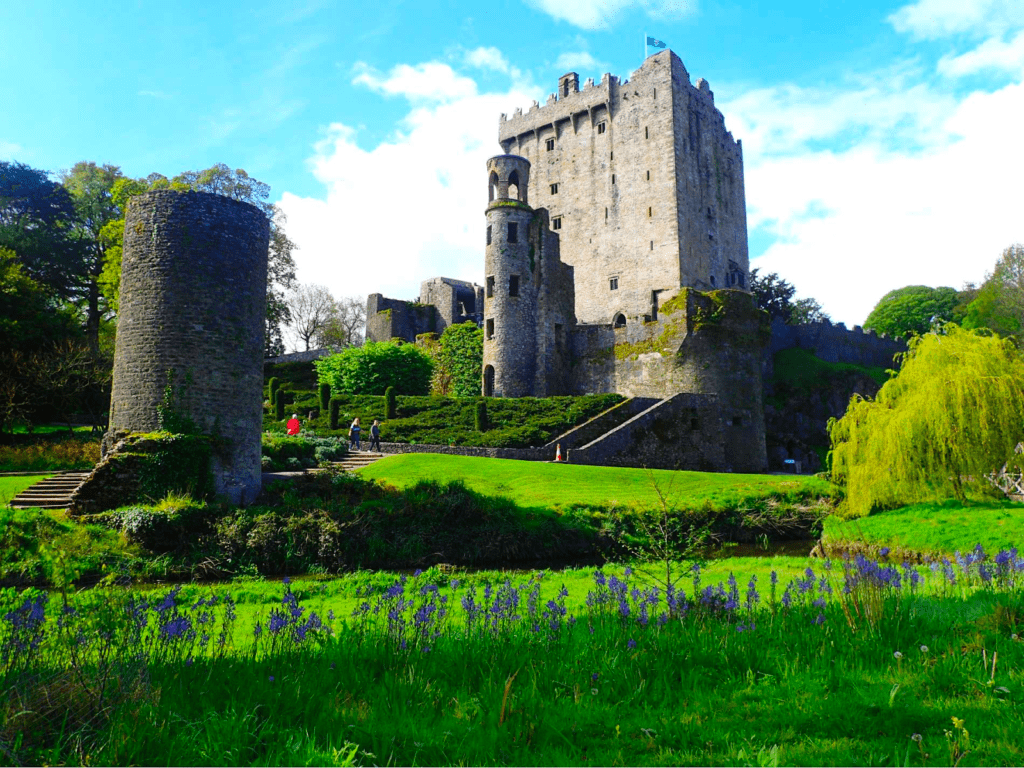
8. Cork Butter Museum
Food is a big part of life in Cork, and it’s not just about the fresh stuff from the English Market. Cork has some really special food traditions too, especially when it comes to butter. It’s no secret that Cork was at the heart of the butter trade in Europe, and the Cork Butter Museum talks about how it all started. It’s all about Ireland’s dairy heritage, and how butter, milk, and cheese were so important for the island’s success.
It’s got a gallery about cattle and dairy farming in Ireland in the early days, where cows did more than just give us butter and cheese – they were a symbol of wealth. Plus, it says a lot about Cork’s influence on the 17th-century butter trade across the Atlantic, with barrels that were typical of how farmers would bring their butter in. And the dairy industry has changed a lot since the 1960s, with audio-visual presentations showing the evolution of the industry.
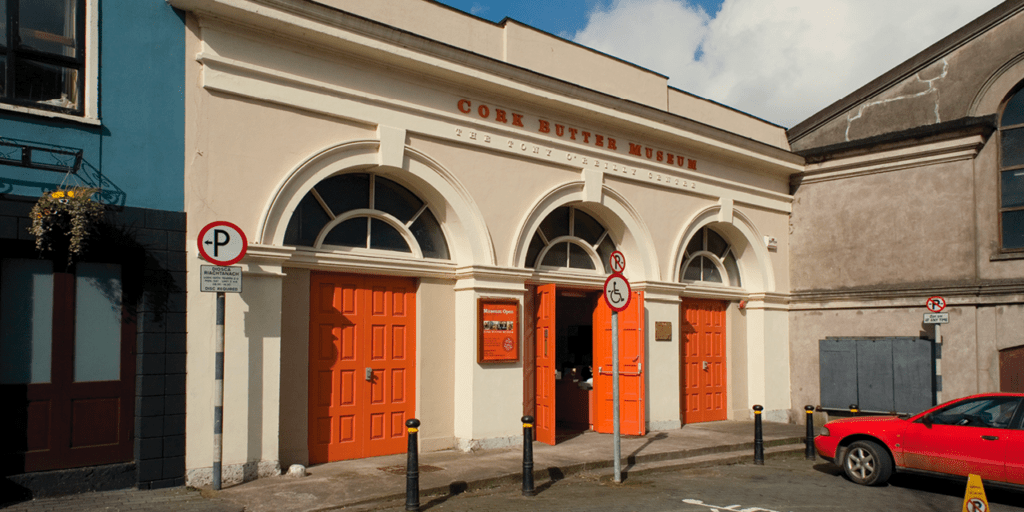
9. Blackrock Castle and Observatory
The renowned Blackrock Castle Observatory, located in Cork, Ireland, has been a landmark since 1582. The observatory is now the home of Journeys Of Exploration, an interactive experience that delves into the history of Cork, its protected landscape, the global trade routes, and the smugglers and pirates who made their way through one of the most secluded natural harbours in the world.
Cosmos at the Castle, an award-winning exhibition, showcases the latest discoveries of life on Earth and its impact on life in the universe. Visitors can engage in a variety of activities, such as sending a message to Space, interacting with Cosmos, playing Comet Chaser, viewing the night sky through the Planetarium and exploring the Space Flight Information (SFI) Discover Zone. This self-guided experience offers visitors the opportunity to explore hours of space content at their own pace or embark on a fast-paced exploration of the Universe.
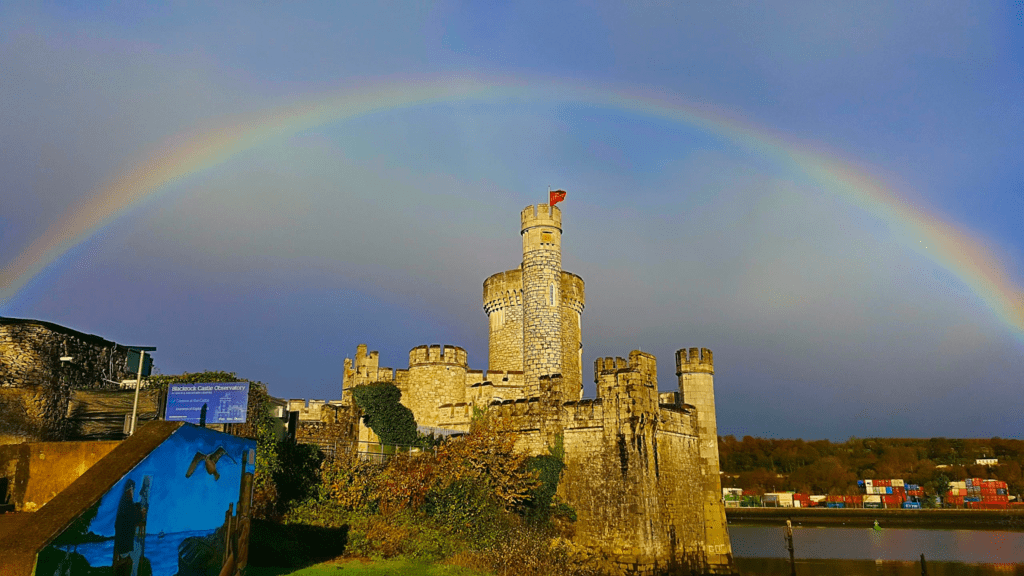
10. St. Fin Barre’s Cathedral
The Cathedral of St Fin Barre, located in the City of Cork, Ireland, is a French Neo-Gothic masterpiece. Dating back to the seventh century, Fin Barre was founded as a monastery and has been a centre of Christian worship ever since. In the eighteenth century, a new cathedral was built but was destroyed in the nineteenth century.
The cathedral features a beautiful stained glass window, an elaborate organ, and a collection of 12th-century stone head carvings. Additionally, the cathedral is home to a male and female choir composed of soloists, the rest of the members, and a Lay Vicar. The cathedral’s services are held on Fridays at 6:15 pm and Sundays at 11:15 am and 3:30 pm.

11. Fota Wildlife Park
Situated on 100 acres of Fota Island, 10km East of Cork City, Fota is currently Ireland’s second-largest visitor attraction, with an estimated annual attendance of 460,000 people. The Park’s mission is to motivate people to appreciate and protect the biodiversity of the natural world.
Its core values of conserving, educating, and researching have enabled it to be in a unique position to promote greater public awareness of the current threats to animal and plant habitats, as well as the ongoing decline in global biodiversity. Over the past decade, the Park has invested heavily in its infrastructure, including the introduction of an Indoor Giraffe Viewing Area, an African Village, and an Asian Sanctuary that opened in 2015.
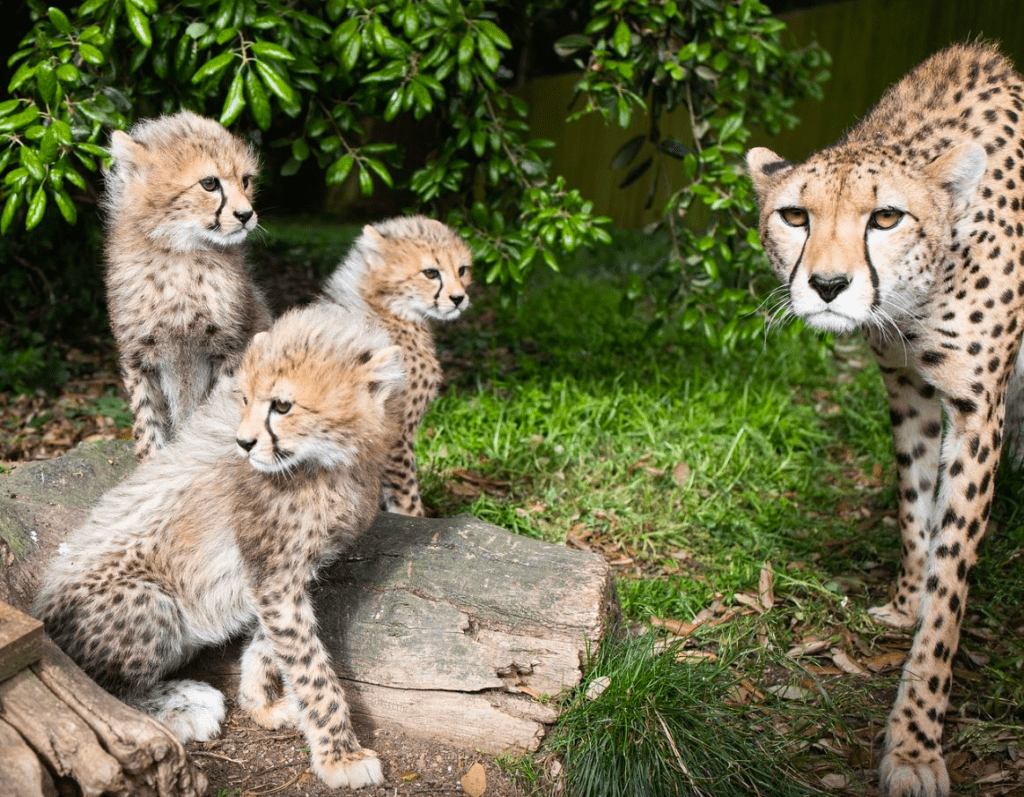
To sum up, Cork is an exciting and captivating county with a rich past and culture. Whether you want to explore the historical sites, take in the stunning scenery or savour the delicious food, Cork has it all.
Book your trip to Cork now and experience all that Cork has to offer. With friendly locals, stunning scenery, and a rich cultural heritage, you’re sure to make a lasting impression.
Pack your bags, travel to Cork, and get ready to make memories that last a lifetime! We hope this Cork, Ireland travel guide has inspired you for your next trip!